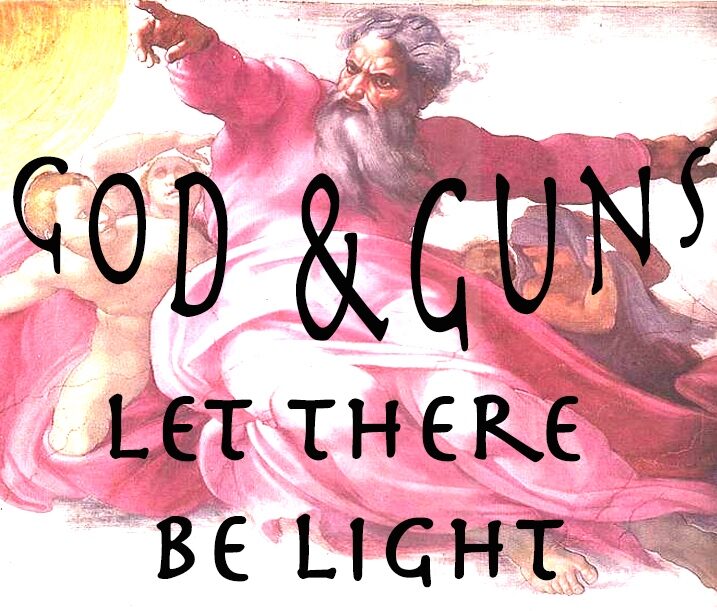Violence is rising. The Washington Post reports that gunfire killed 54 people per day through the first five months of 2021. This exceeds the death toll for the same period in 2020, which was the deadliest year in two decades. Here in Fresno, the story is similar. Last year there were 70 homicides, the highest number in 25 years. This year we are on pace to eclipse that number.
The epidemic of violence is especially tragic here at the end of the pandemic. We have endured a difficult time of dislocation and loss. But the worst is over and the future is bright. How sad that violence is raging when the world is reviving.
There is a general sense that people have become angrier and meaner. Some violence is racially charged. Some is connected to gangs and other crime. But some is merely random spite. In Los Angeles, 6-year-old Aiden Leos was shot on his way to kindergarten by an angry stranger on the freeway. Mass shooters have attacked in San Jose and elsewhere.
Commentators have offered various explanations. Some say this is the result of the stress of the pandemic. Others blame inequality. Pundits on the left blame Trumpism. Pundits on the right suggest that efforts to defund the police have empowered criminals.
Many blame guns. The White House is launching an initiative focused on guns. Biden’s Press Secretary, Jen Psaki, said “We believe that a central driver of violence is gun violence and the use of guns.”
There is no doubt that guns make violence easier. The history of violence is about the evolution of killing power. Cain killed Abel with a club. Achilles went on a murderous spree with sword and spear. Guns produce more killing with less effort.
Technological innovation exacerbates all kinds of vice. Modern chemistry produces powerful psychoactive drugs, including distilled alcohol. The Internet makes porn readily available. Social media makes it easy to gossip. And fast-food chains facilitate drive-thru gluttony.
But technology only explains part of the problem. It is human beings who put technology to use. Most people avoid addiction, debauchery, gossip, and gluttony, just as most people avoid violence. There is some truth to the slogan “guns don’t kill people, people do.” The same is true of other vices. Booze does not cause alcoholism. And French fries don’t cause obesity. Somewhere in the background is human culture and psychology.
What gives people the capacity to resist the supercharged temptations of modern technology?
Virtue and character provide part of the answer. Moral psychology must be on the table as we confront the epidemic of violence. Virtuous people control anger, cruelty and spite. Every human being gets angry. But good people resist this negativity. They resist their vicious instincts. And they find affirmative outlets for negative emotions.
Defective character is an overlooked aspect of the increase in violence. Angry and violent people are lacking in psychological development and spiritual fulfillment.
The good news is that character can be improved. We are not pre-programmed. We can learn to speak a language and play the piano. We can also learn to defer gratification, control spite, overcome hate and become compassionate.
Culture matters in character development. Good culture supports us in doing the right thing, while bad influences contribute to vice. As we analyze the increase in violence, we must consider cultural inputs. What kinds of ideas and images inspire us? Who are our role models? Are we reinforcing kindness or teaching cruelty?
We must also think critically about violence itself. Violence is not natural or normal. Violence decreased during past decades. This shows that violence is not inevitable. People can learn to be less violent. But that requires lessons and reminders about the fact that violence is a sign of moral failure. It is shameful, stupid and sad. Decent people do not celebrate cruelty. Nor do they lionize villains, thugs, and murderers.
Finally, we must give people productive ways to find meaning, purpose, and happiness. Violence is a dead-end for hopeless souls who have lost faith in life. Another antidote to violence is to create a world that provides social connection, creative outlets for the human spirit, and opportunities to experience joy, love, and hope.


